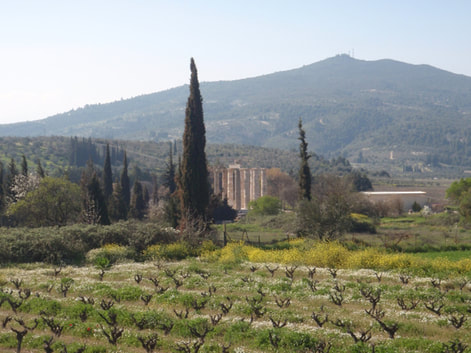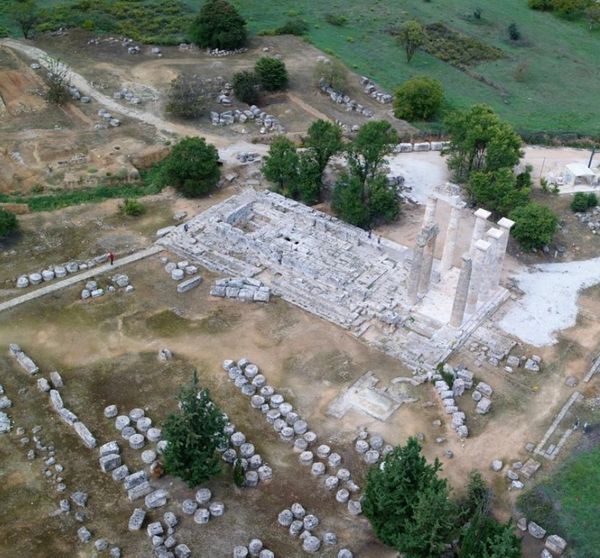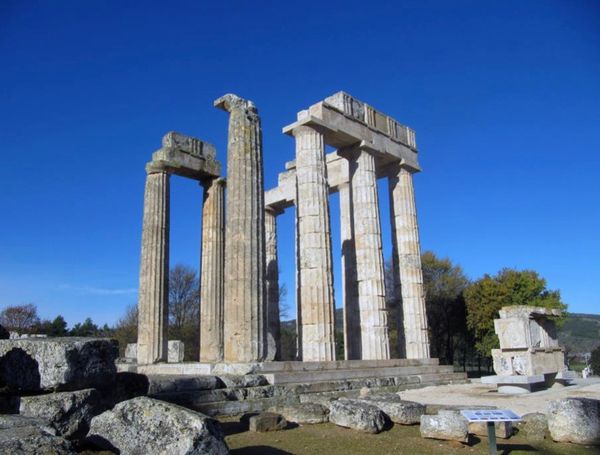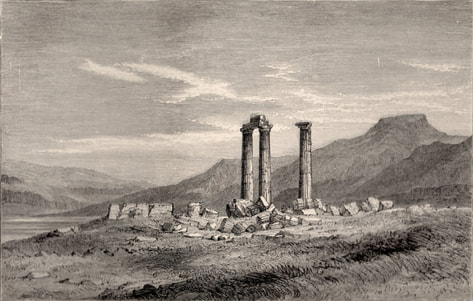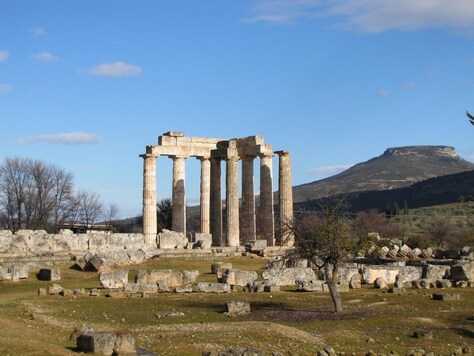Nemea
|
 | Nemea wine roads The most famous wine tour in Greece $494.74 Highlights of the Nemea wine tour |
In 394 BC the Battle of the Nemea River was fought between Sparta and her allies the Achaians, Eleians, Mantineians, and the Tegeates against a coalition of Boetians, Euboeans, Athenians, Corinthians, and Argives. This was to be the last clear-cut victory that Sparta enjoyed. The tactics were similar to all other Greek hoplite battles, except that when the armies were arrayed, with the Spartans having the customary honor of being on the right, the army drifted right as it advanced. This was not good for the Spartan allies, as it exposed the soldiers to a flanking attack, but it gave the Spartans the opportunity to use their superior coordination and discipline to roll up the flank of the Athenians, who were stationed opposite. The result of the battle was a victory for Sparta, even though her allies on the left suffered significant losses. This willingness to accept losses on the left flank for flanking position on the right was a dramatic change from typical conservative military tactics.

